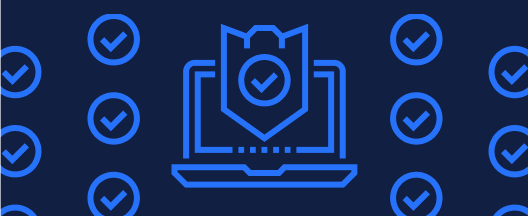
As we live in an increasingly digital world, the importance of data storage and removable media security has become more significant than ever. From personal photos to important business documents, we rely on technology to keep our information safe and accessible; one device that has become ubiquitous in our daily lives for this purpose is the humble flash drive.
Flash drives, also known as USB drives, thumb drives, or jump drives, have revolutionized the way we store and transfer data. And every year, on April 5th, we celebrate National Flash Drive Day to recognize the impact this device has had on our lives.
A Brief History of Flash Drives
Flash drives were first introduced in the late 1990s and have rapidly grown in popularity ever since. These small, portable devices can store massive amounts of data, with some models capable of holding terabytes of files and content. While they are incredibly durable and reliable—making them the go-to choice for people who need to transport important information—they also act as the ideal vehicle for removable media borne threats.
In fact, a flash drive was the catalyst in the worst cyberattack in the history of the US Department of Defense (DoD). Known as, “the worm that ate the Pentagon,” in 2008 a flash drive found in the parking lot of US Military installation in the Middle East was inserted into a computer where it quickly infected the military’s classified and unclassified networks; the “Agent.btz” worm from that flash drive took over a year to eliminate completely.
3 Ways to Stay Secure from Removable Media Threats
National Flash Drive Day is the perfect time to reflect on how you stay safe from the threats presented by removable media. Identified by The U.S. National Institute of Standards and Technology (NIST) as one of the top cybersecurity threat vectors, here are three removable media security tips to keep in mind when dealing with flash drives:

NEVER insert a found or unknown flash drive into any machine.

Make sure you have a policy in place to scan flash drives and other forms of removable media before they interact with anything on your network.

Consider additional protection on endpoints like a client that verifies only scanned media can mount, or even disabling USB ports on high-risk machines.
As we continue to rely on technology more and more in our daily lives, it's important to celebrate the devices that have made our lives easier and more convenient. So, on National Flash Drive Day, take a moment to appreciate this tiny—but mighty—device and focus on how to use it safely.
Ready to level up your removable media cybersecurity posture? Discover how OPSWAT’s MetaDefender Kiosk and MetaDefender Managed File Transfer (MFT) add multi-layered protection against removable media borne cyberthreats for any IT/OT environment. Talk to one of our experts today for a free demo.

